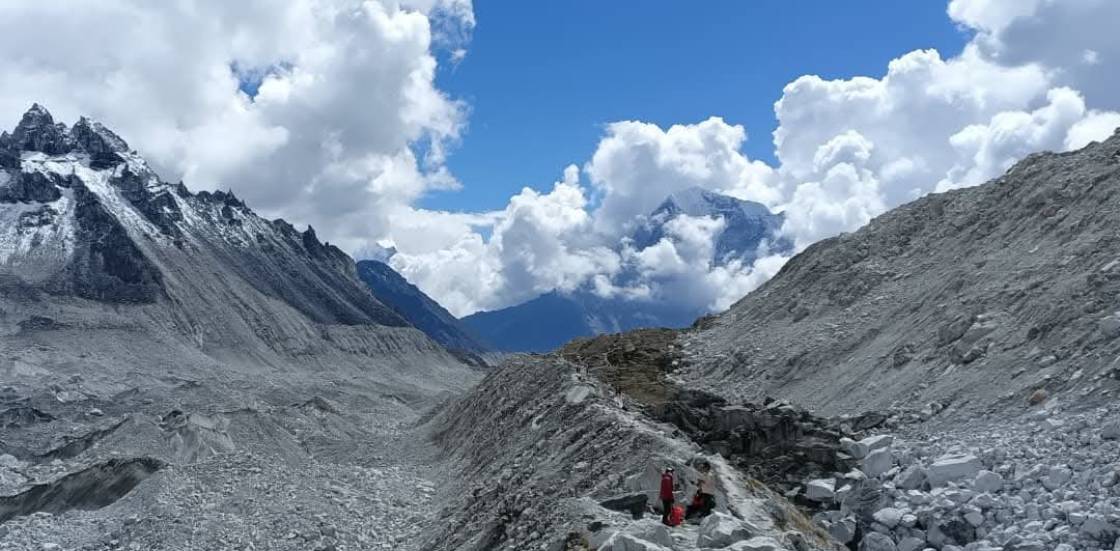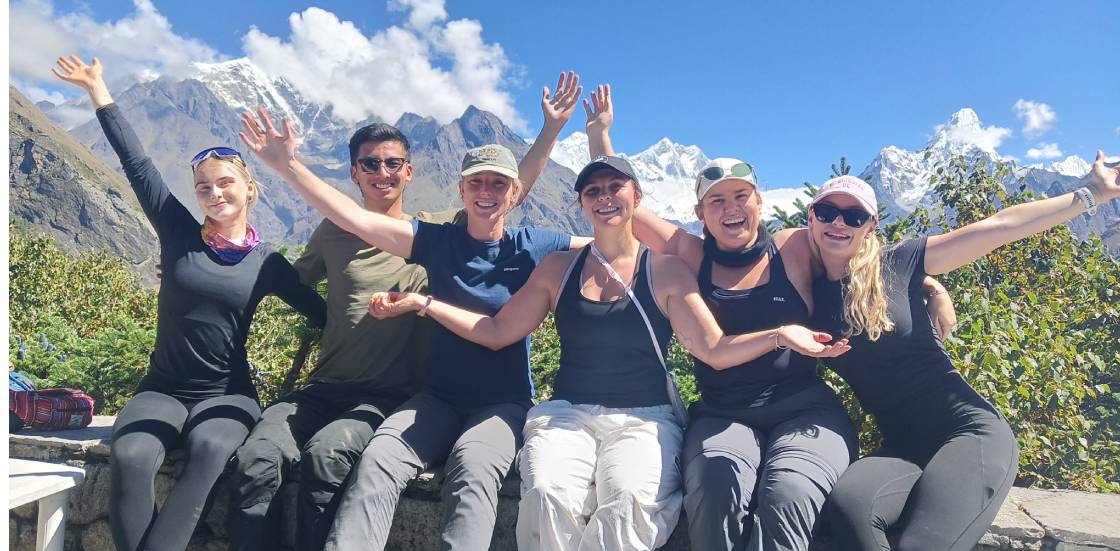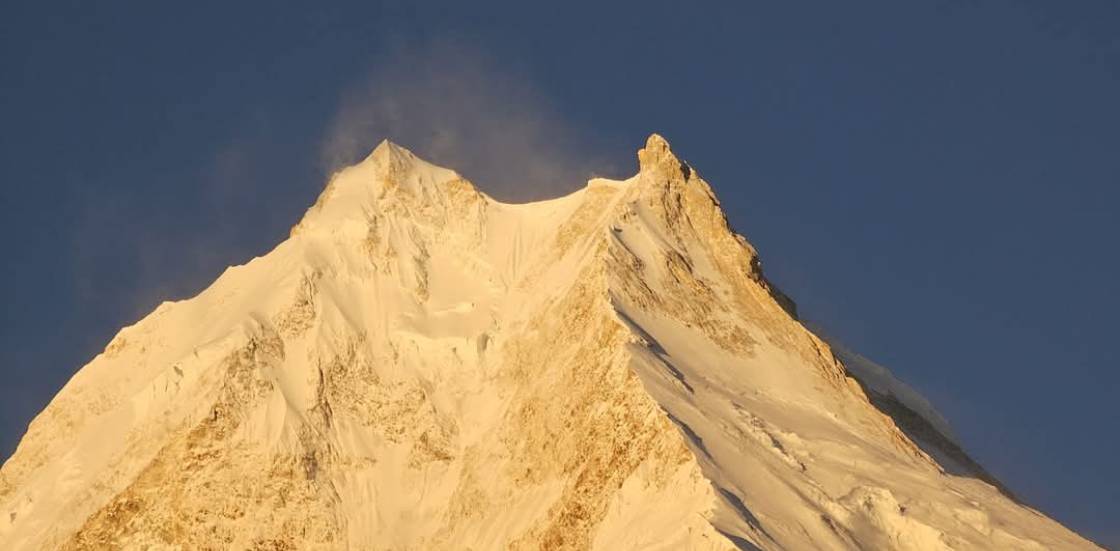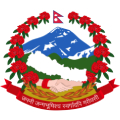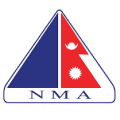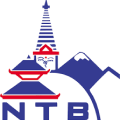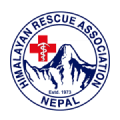Annapurna Full Circuit Trek

Trek Duration
17 days
Best time to go
Mar, April, May, September, October, November
Group Size
1-20
Max Trekking Altitude
5416 M
Accommodation
Tea Houses
Trek Grade
strenuous
Area
Annapurna Region
Hours of Walking
5-10 hrs
Start point - End point
Kathamndu
The Annapurna Full Circuit Trek is one of the most popular and rewarding trekking routes in Nepal. It offers an incredible journey through diverse landscapes, from subtropical forests to alpine deserts. The trek takes you around the Annapurna Massif, providing stunning views of towering peaks like Annapurna I and Dhaulagiri. Along the way, you will pass through charming villages, each with its own unique culture. The trek spans between 160-230 kilometers, covering six districts in the Annapurna region, including Baglung, Kaski, and Manang. It’s a great way to experience both natural beauty and cultural diversity.
The trek begins in the town of Besisahar, where you start your journey through small villages and lush landscapes. As you gain elevation, the scenery transforms, offering breathtaking views of the Annapurna and Dhaulagiri ranges. One of the most challenging parts of the trek is crossing Thorong La Pass, standing at 5,416 meters. However, the effort is well worth it as the panoramic views from the pass are absolutely stunning. The trek culminates at Muktinath, a sacred pilgrimage site with an eternal flame, before descending to lower altitudes.
This trek usually takes 15-20 days and is moderately challenging, with a mix of easy and more demanding sections. The best time for trekking is during spring (March-May) and autumn (September-November), when the weather is clear and the temperatures are moderate. The Annapurna Circuit Trek requires two permits, the Annapurna Conservation Area Permit and the Trekkers’ Information Management System Card, which can be obtained in Kathmandu or Pokhara. Along the trail, you’ll stay in tea houses, enjoying local food and hospitality, making the journey a truly immersive experience in the heart of Nepal.
The Annapurna Full Circuit Trek is more than a trek—it’s a passage through landscapes, cultures, and deep personal discovery.It begins in Syange, a quiet village cradled low in the hills, where the air is warm and heavy. The Marshyangdi River rushes beside the trail, and waterfalls tumble from towering cliffs, drenching the path with energy.The terrain starts gently, but there’s a clear sense—you’re heading upward into something bigger than yourself.Soon, you arrive in Dharapani, where everything feels cooler, greener, and more mysterious beneath the tall pine trees.The forest wraps around you. Clouds drift above, hiding distant peaks. Mules pass slowly, carrying goods and grit. Fellow trekkers smile in greeting. Everyone is on the same journey, but each step is uniquely their own.
Next is Chame, the district center, larger and busier, with signs of civilization reappearing among the wilderness. You begin to notice the change—clearer skies, thinner air, and snow-covered peaks peeking above the treetops. Annapurna II glows in the distance, a promise of beauty and the challenges still ahead.From Chame, the trail leads to Pisang, where the world opens wider and the culture begins to shift.The village has two halves: Lower Pisang is easier; Upper Pisang is harder, but the views are breathtaking. At Upper Pisang, prayer wheels spin and mani walls stretch like stone rivers of devotion through the path. The silence here isn’t empty—it’s sacred, humming with stories the wind seems to whisper.You reach Manang, a large village in a vast valley where most stop to rest, acclimate, and gather strength.Altitude hits hard here. Breathing slows. The body aches. But comfort is close—tea, warm beds, kind smiles.Yaks wander casually through the streets. Nearby, Gangapurna Lake glistens blue beneath jagged white peaks.Short hikes help you adjust; sunrises fill you with a quiet, renewed sense of courage.
Beyond Manang, you enter true alpine country—Yak Kharka lies ahead, meaning “yak pasture” in the local language. Trees disappear. The trail narrows. The sky stretches wide and blue, while the wind sings through every step. Breathing grows difficult. You walk slowly now, watching the mountains draw nearer and nearer, as silence deepens. Then comes Thorong Phedi, or High Camp, depending on your strength, nerves, and altitude tolerance that day. The night is cold and restless. Everyone feels the weight of what’s to come—Thorong La, the highest point. Trekkers rise before dawn. Some leave at 3 a.m., under stars and headlamps, chasing the dark edge of sky. The pass is long, steep, and icy, with every step demanding effort, faith, and focus. Eventually, you reach the top—Thorong La, at 5,416 meters, a windy, frozen, unforgettable place of triumph. Prayer flags whip in the wind. The sun slowly breaks across the horizon. Faces glow with exhausted joy. After successfully achieve their goals, Some people can’t control their emotion & suddenly they start to cry, some laugh. But most of the travelers they just stand still, overwhelmed. This is not a summit—it’s a moment.
Then the descent begins.The trail drops into Muktinath, a sacred town where the land is drier, dustier, and full of quiet devotion. Muktinath is holy to both Hindus and Buddhists. Temples line the hills. Flames burn eternally beside icy water. Pilgrims and trekkers walk side by side here, sharing space, reverence, and the same sun.
From Muktinath, the journey shifts. You board a jeep for a long, bumpy drive to Tatopani. The ride cuts through barren cliffs, apple orchards, and quiet mountain towns full of waving children. In Tatopani, the hot springs wait. Steam rises into crisp air as sore legs soak in sweet relief. But the trail climbs again. From Tatopani, you ascend toward Ghorepani, and the forest returns to greet you. The stone steps feel endless. Rhododendrons bloom if you’re lucky, painting the forest in clouds of pink and red. Villages dot the path. Laughter echoes. You hear birds, streams, and the steady rhythm of your own breath. Ghorepani sits high on a ridge, cool and breezy. Everyone sleeps early here, preparing for something magical. Before dawn, you hike up to Poon Hill, flashlight in hand, breath visible in the morning chill. Then, the sunrise—Dhaulagiri burns orange, Annapurna glows gold, and every eye fills with light and awe. Cameras click, but no image captures what it truly feels like to be there. You descend into forests again. The trail winds through leaves, birdsong, and misty waterfalls to peaceful Tadapani. The views return—Annapurna South, sharp and proud, feels incredibly close now, as if watching you walk. Next is Ghandruk, a picturesque village of stone houses and flower-filled courtyards. Everything here feels peaceful and proud. The Gurung people welcome you with warmth and quiet dignity. You drink tea and watch the mountains shine. There’s a small museum here, sharing culture and history. It feels like the perfect place to pause. Some end their journey in Ghandruk. From Ghandruk you will have 2 options either walk to the Nayapul then drive to pokhara or direct drive to Pokhara.
Suddenly, you’re in a lakeside city, green and calm, with reflections dancing on Fewa Lake in the afternoon. Boats glide slowly. Cafés buzz with stories. Trekkers eat heartily and stretch sore muscles in the sun.
And just like that, the circuit is complete—from Syange to Pokhara, a journey across landscapes, cultures, and self. You’ve crossed jungles, rivers, glaciers, and the mighty Thorong La, and left a piece of yourself in each place. You were challenged, amazed, exhausted, and changed. You were fully alive. This wasn’t just a trek. It was a conversation—with nature, with strangers, with your limits, and with your heart.
Every step had a story. Every sunrise brought peace. This experience will stay with you forever.
Itenary
Cost Include
- Airport pick- up and drop in a private vehicle
- 2 -night hotel accommodation in Kathmandu with breakfast
- Tea house accommodation during the trek
- All meals (breakfast, lunch, and dinner) during the trek
- An experienced, English-speaking and government-licensed trekking guide & necessary porters (2 trekkers: 1 porter)
- Staff costs including their salary, insurance, equipment, food, transportation, and accommodation
- Down jacket and sleeping bag if required (need to return after the trip completion)
- Trekking Duffel bag and trekking route map
- All necessary paperwork and trekking permits (ACAP, TIMS)
- Medical kit (carried by your trek leader)
- All government and local taxes
- Farewell dinner in Kathmandu
Cost Exclude
- Nepalese visa fee
- Lunch and dinner in Kathmandu
- Extra night accommodation in Kathmandu/Pokhara in case of early arrival, late departure, and early return from the mountain (due to any reason) than the scheduled itinerary
- Travel and rescue insurance
- Personal expenses (phone calls, laundry, bar bills, battery recharge, extra porters, bottle or boiled water, shower, etc.)
- Tips for guide and porter(s)
FAQs
The Annapurna Full Circuit Trek is one of Nepal’s most iconic and diverse trekking adventures, offering a complete loop around the Annapurna mountain range. This classic Himalayan trek takes you through a wide range of landscapes—from lush subtropical forests and terraced fields to alpine valleys and high mountain deserts—showcasing the incredible natural and cultural diversity of the region. The trek typically starts from Besisahar in the lowlands and gradually climbs through charming villages, waterfalls, and deep gorges, leading to the high point of the journey: the Thorong La Pass at an altitude of 5,416 meters (17,769 feet). This is one of the highest trekking passes in the world and a major highlight of the circuit. Along the route, you pass through traditional villages inhabited by Gurung, Manangi, and Thakali communities, experiencing their unique cultures, languages, and warm hospitality. The trek also offers breathtaking views of some of the world’s highest peaks, including Annapurna I (8,091m), Dhaulagiri (8,167m), Manaslu (8,163m), and Machapuchare (Fishtail). The full circuit usually takes 15 to 20 days, depending on your pace and whether you include side trips like Tilicho Lake or Poon Hill. It’s a challenging but incredibly rewarding trek, combining adventure, natural beauty, and cultural richness in one unforgettable journey through the heart of the Himalayas.
The Annapurna Full Circuit trek typically takes 15 to 20 days to complete. The exact duration depends on your pace, acclimatization days, and any side trips you might include, such as visiting Tilicho Lake or Poon Hill. Most trekkers spend about two to three weeks on the trail to fully enjoy the diverse landscapes, cultural villages, and to safely cross the high Thorong La Pass at 5,416 meters.
The best time to do the Annapurna Full Circuit trek is during the spring (March to May) and autumn (September to November) seasons. In spring, the weather is mild and the rhododendron forests burst into vibrant bloom, making the landscapes colorful and beautiful. Autumn offers clear skies, stable weather, and stunning mountain views, which is perfect for trekking and photography. These seasons also avoid the heavy monsoon rains of summer and the extreme cold and snow of winter, providing safer and more comfortable trekking conditions.
The views along the Annapurna Full Circuit trek are absolutely breathtaking and some of the best in the Himalayas. You’ll witness panoramic vistas of towering snow-capped peaks like Annapurna I (8,091m), Dhaulagiri (8,167m), Manaslu (8,163m), and the iconic Machapuchare (Fishtail) with its unique pointed shape. The trek offers dramatic contrasts—from lush green valleys and terraced farmlands at lower elevations to rugged, alpine landscapes and high mountain deserts near Thorong La Pass. On clear days, the sunrise and sunset over these giant peaks create magical scenes that are unforgettable. You’ll also see beautiful glaciers, deep river gorges, and traditional villages dotted along the route. Crossing the Thorong La Pass, at 5,416 meters, gives you an awe-inspiring 360-degree view of some of the highest mountains in the world, making it the highlight of the trek. Overall, the Annapurna Full Circuit offers a spectacular blend of natural beauty and Himalayan grandeur at every turn.
During the Annapurna Full Circuit trek, you’ll stay in a variety of tea houses—simple guesthouses that offer basic accommodation and meals along the trail. Most tea houses provide clean rooms with beds, usually shared bathrooms, and warm blankets, though the facilities can be quite basic, especially in more remote areas. In popular villages and lower elevations, tea houses tend to be more comfortable, with attached bathrooms, hot showers (sometimes for an extra charge), and cozy dining areas. As you climb higher and get closer to Thorong La Pass, the tea houses become more rustic and simpler, with limited hot water and fewer amenities due to the remote locations.
For the Annapurna Full Circuit trek, you need to bring sturdy and layered trekking gear to handle changing weather and diverse terrain. Start with moisture-wicking base layers and warm mid-layers like fleece or a down jacket, plus a waterproof and windproof outer shell to protect against rain and cold winds. Good trekking pants, thermal underwear, and warm accessories like a hat, gloves, and a scarf or buff are essential, especially for high altitudes. Well-broken-in hiking boots with strong ankle support and trekking socks will keep your feet comfortable on rough trails. A comfortable daypack for daily essentials and a warm sleeping bag rated for sub-zero temperatures are important since nights can be cold. Don’t forget trekking poles for stability, a headlamp, sunglasses, sunscreen, water purification tools, and a basic first aid kit. Packing quality gear and dressing in layers will help you stay safe and comfortable throughout the trek.
Yes, travel insurance is highly recommended for the Annapurna Full Circuit trek. This trek involves high altitudes, remote areas, and physically demanding conditions where the risk of illness, injury, or unexpected events like flight cancellations or lost luggage can occur. A good travel insurance policy should cover emergency medical treatment, evacuation (including helicopter rescue if needed), trip cancellations, and lost belongings. Having travel insurance gives you peace of mind and financial protection, ensuring you’re prepared for any emergencies during your trek in the Himalayas.
